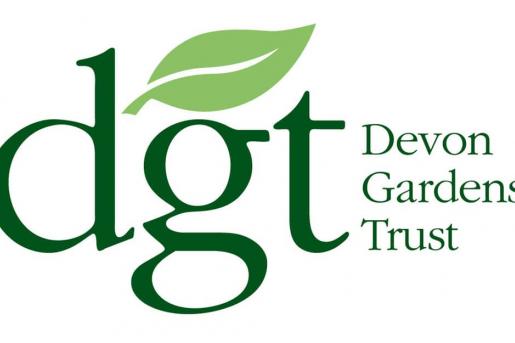- Parkland
Stevenstone was the principal seat of the Rolle family in the C18tand C19. A C16 building, it was remodelled c1700 and again in the 1870s, when the grounds were landscaped by Milner. It was reduced in size just before the First World War. Polwhele noted in 1797 that ‘an oak tree was cut through about 1776, the body of which measured thirteen feet six inches in diameter; and on the plane of the section two couples danced a country dance.’ In 1806 he wrote that ‘the park is well wooded and watered.’ Lysons wrote that ‘there is a deer park at Stevenstone in which are some red deer.’ White (1850) noted that it was ‘a fine old mansion, with a deer park and is occasionally occupied by Lady Rolle.'’ The sale particulars for the estate in 1909, then of over 6000 acres, mention the ‘grandly-timbered deer park’ of 500 acres, bamboo plantation, ornamental lake with boat house, three fish ponds and a series of miniature lakes, pleasure grounds with a pinetum of 60 to 70 varieties of pine and other coniferae, tea pavilion, pergola, several glass-houses, fernery, kitchen garden and five lodges. Surviving garden features include two 18th century pavilions (a library and an orangery), ha-ha, terraces and walled garden. There are 19th century garden walls, lodges, outbuildings, gateways and estate cottages. The house was abandoned in about 1945, is now a ruin and the two pavilions were taken over by the Landmark Trust in 1978.
Cherry & Pevsner: The Buildings of England – Devon, 1989: 88, 89, 94, 109, 153, 258, 460, 627, 707, 760 S Pugsley: Devon Gardens – An Historical Survey, 1994: 91, 140-42 T Gray: The Garden History of Devon, 1995: 209-10

